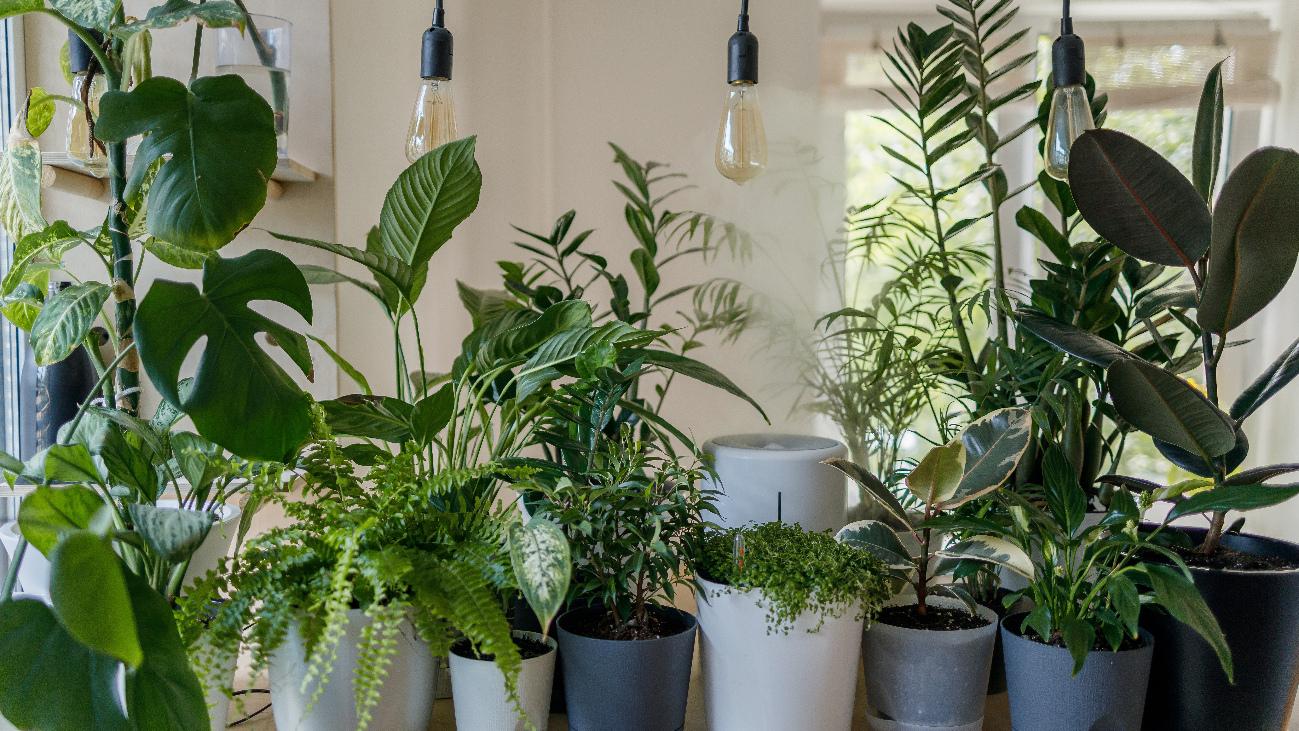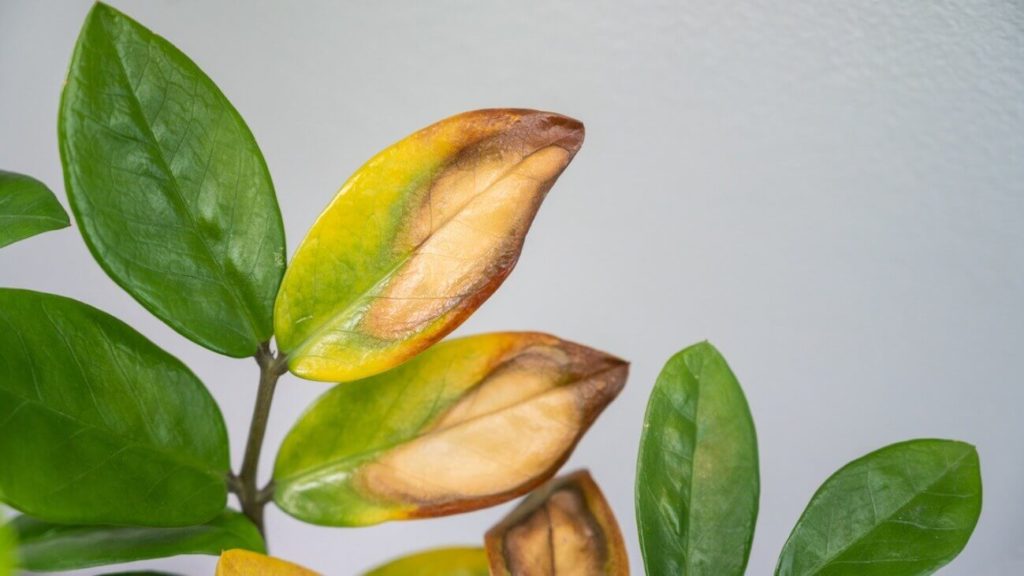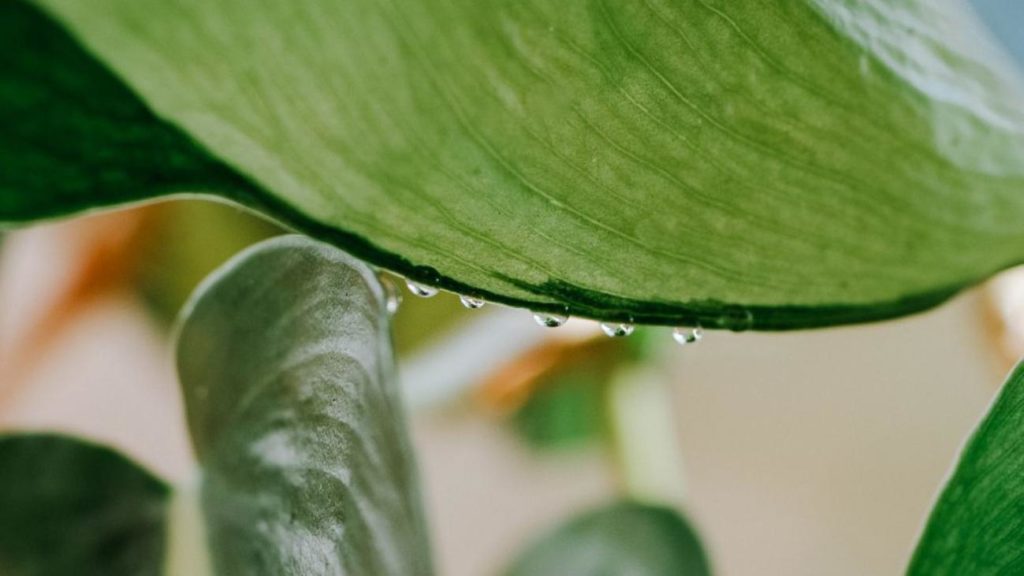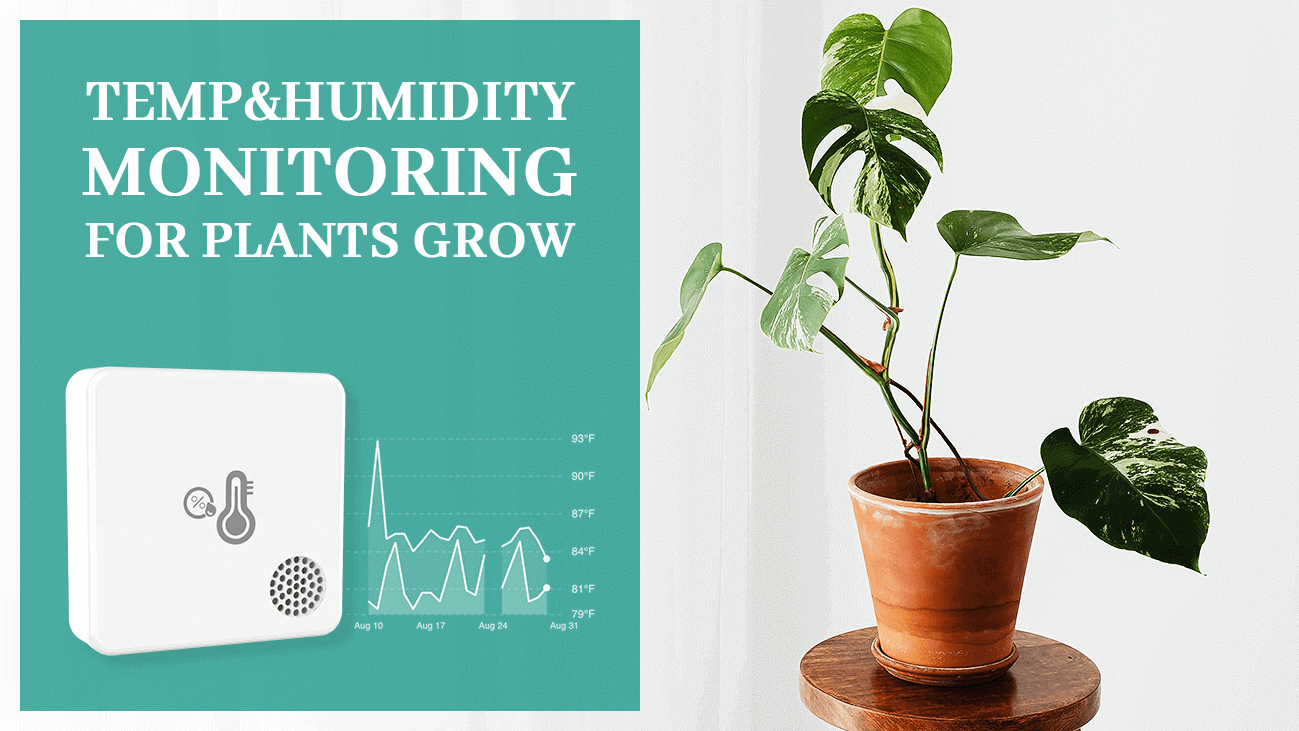
- Background -
Introducing natural greenery into the indoor environment is one of the reasons many people choose to keep plants in their homes.
However, changes in temperature and humidity in indoor environments can negatively affect the growth and health of houseplants. Therefore, understanding the impact of temperature and humidity changes on indoor plants and how to solve these problems is important knowledge for indoor plant lovers.
- Challenge -
Unstable temperatures and humidity can be troublesome for the health of houseplants.
Signs of extreme temperatures
When the plants get too hot:
- Leaves are yellow or have brown/yellow spots
- Curling or wilting leaves
- Bloom or drop fruit
When the plants get too cold:
- Wilting or drooping leaves or stems
- Splitting of woody stems
- Very loose root ball
- Burnt-looking spots on flowers and leaves


Signs of extreme humidity
When the humidity is too high:
- Mold and bud rot can render plants completely unusable
- White powdery mildew on leaves
- The leaves are too wet
- Seedlings are stunted and grow slowly
When the humidity is too low:
- Plant growth slows or stops
- Scorched leaf tips, excessive nutrient intake due to lack of water
- Solution -
Monitor temperature and humidity
Installing a temperature and humidity sensor can help you understand the real-time temperature and humidity of your indoor environment. These sensors provide accurate data and are connected to mobile apps or smart devices, allowing you to monitor environmental parameters at any time.
Provide the right temperature
Knowing the temperature requirements of plants is important. Most houseplants do best in a temperature range of 18°C-24°C. Use a temperature controller to control the indoor temperature within an appropriate range.
Maintain proper humidity
The humidity requirements of plants vary by species. In general, houseplants thrive at 40%-60% relative humidity. Use a humidifier or evaporator to increase humidity, or use ventilation to reduce humidity to meet plant requirements.
Seasonally adjusted
As the seasons change, so will the temperature and humidity. In winter, heating systems can cause indoor air to dry out, so increased humidity is necessary. In summer, however, it may be necessary to reduce the temperature and increase ventilation to avoid excessive room temperature.

- Future -
Temperature and humidity are key environmental factors for the healthy growth of houseplants. Unstable temperature and humidity can negatively affect the growth and health of houseplants.
By monitoring temperature and humidity, providing the right temperature and humidity, and adjusting it according to the season, we can help houseplants thrive in favorable environmental conditions.
In the future, with the development of technology, the temperature and humidity management of indoor plants will become more intelligent and efficient.
